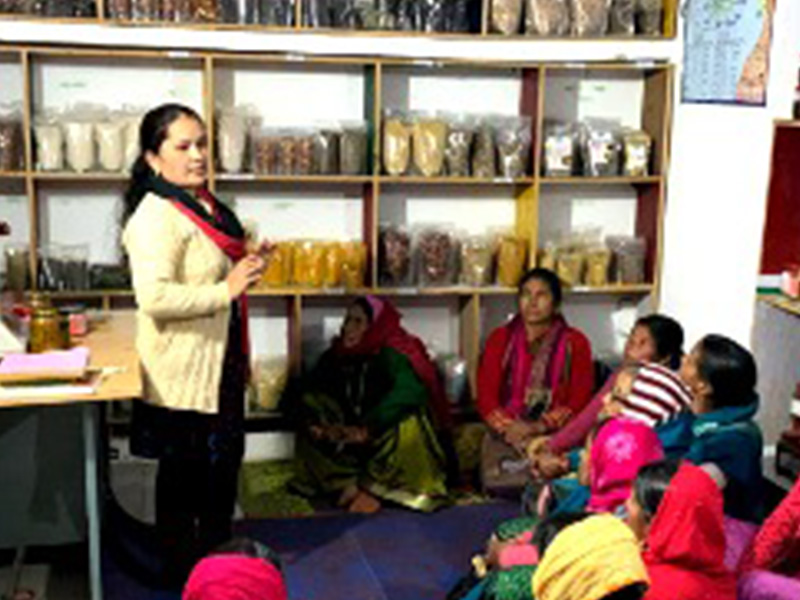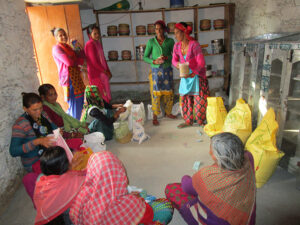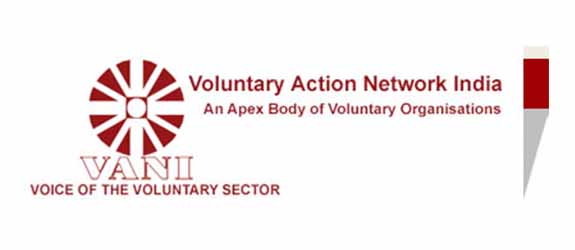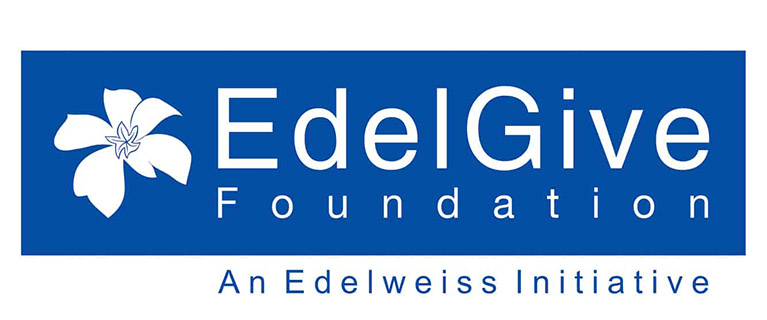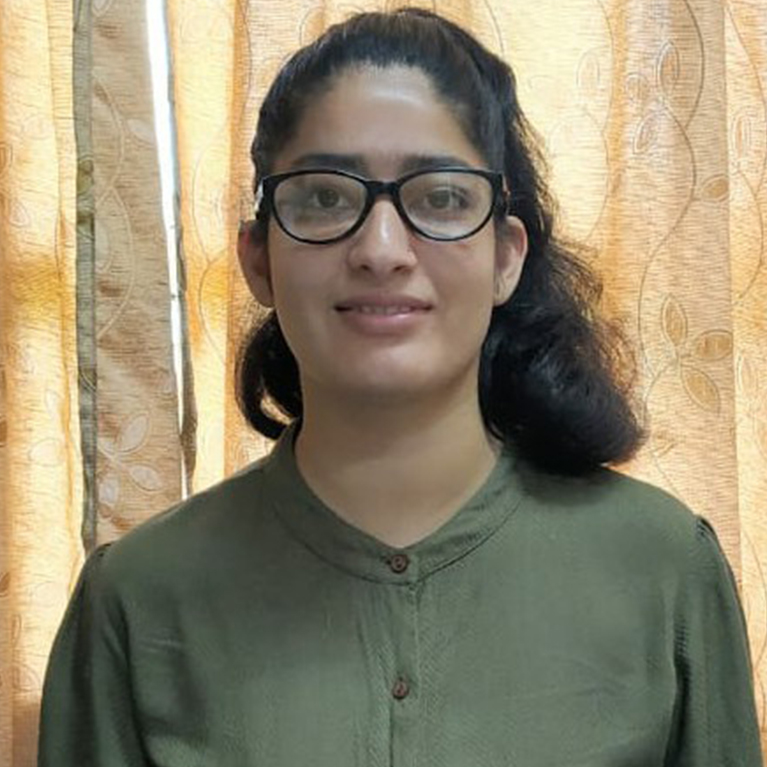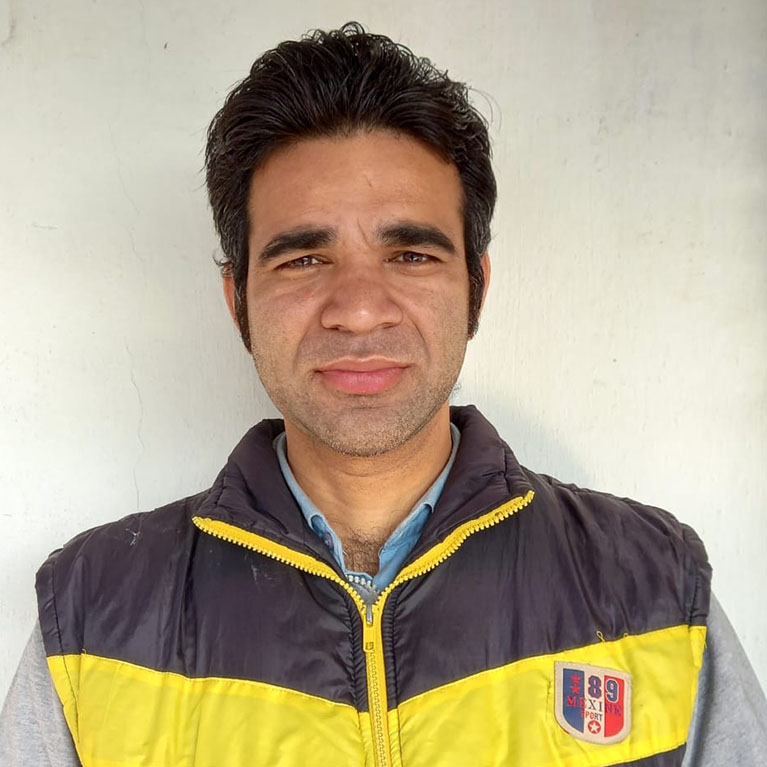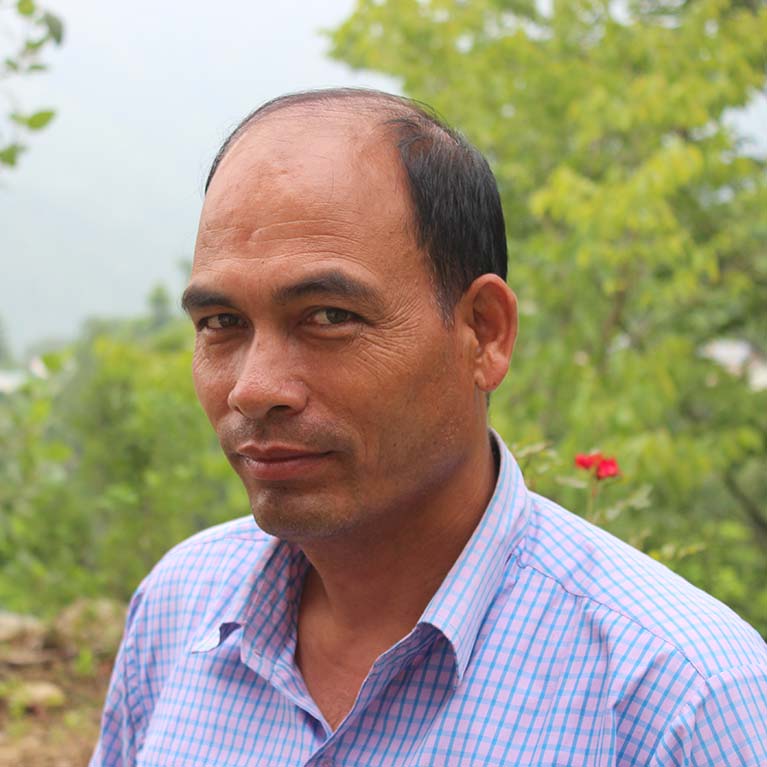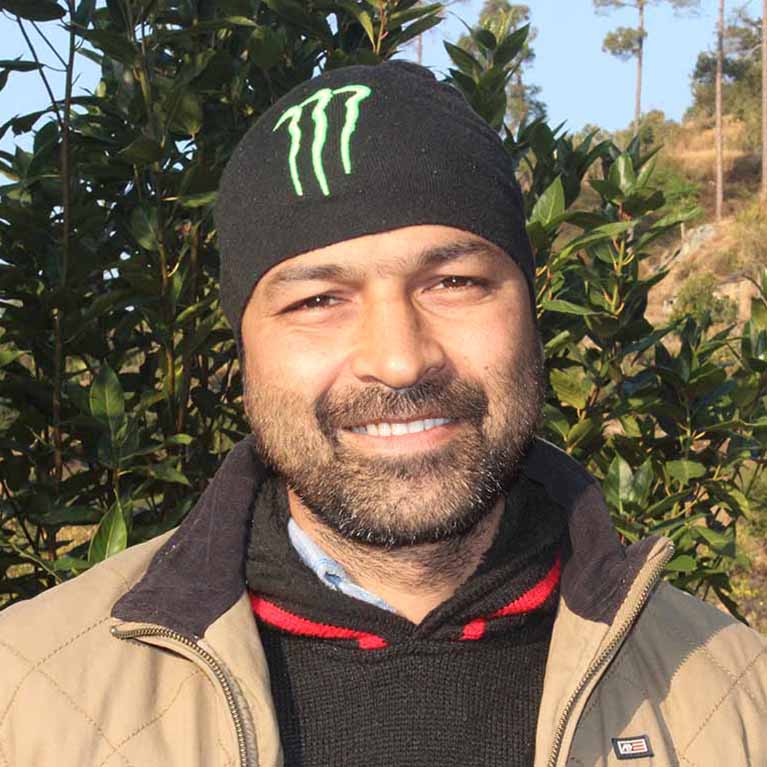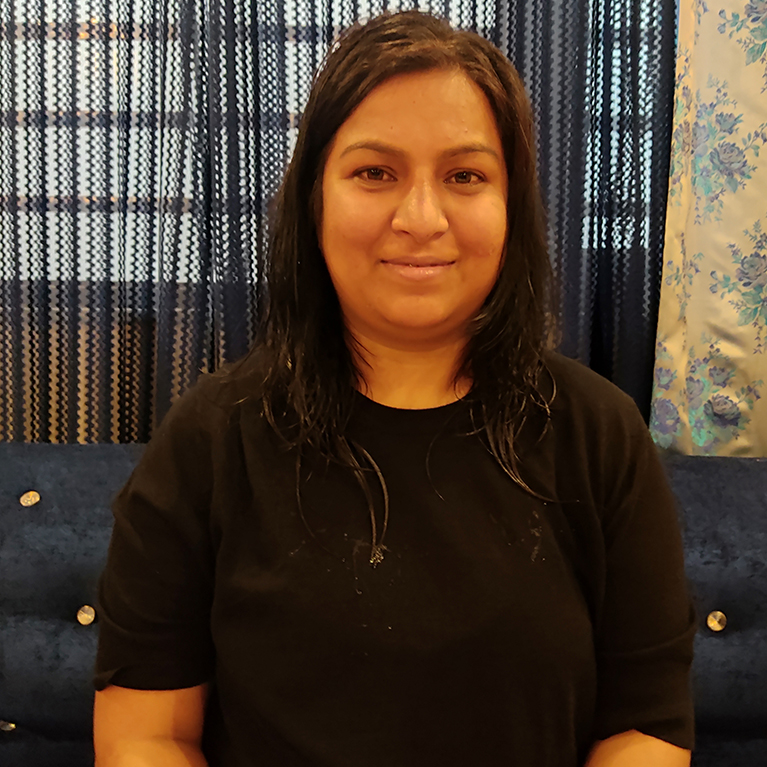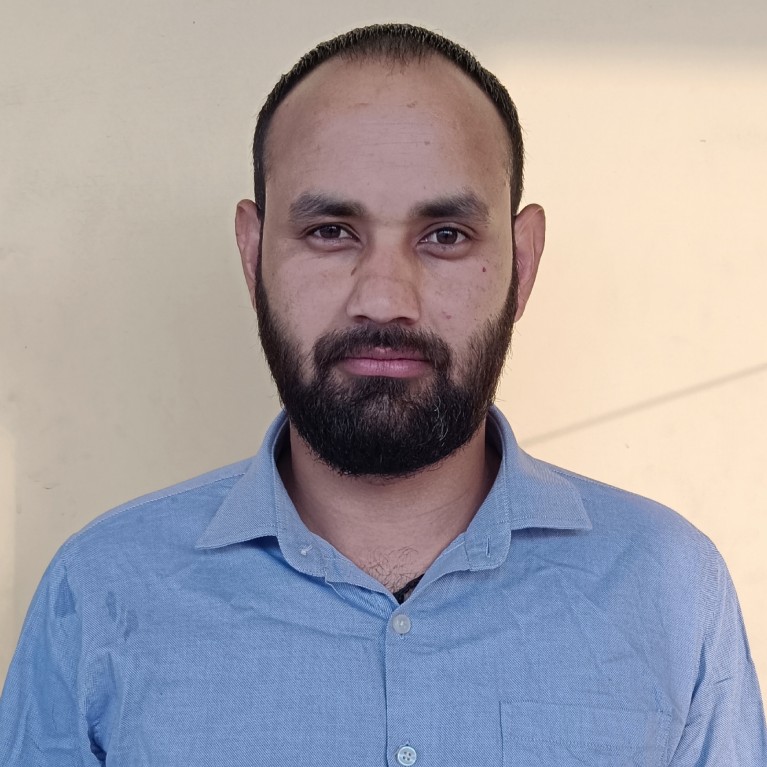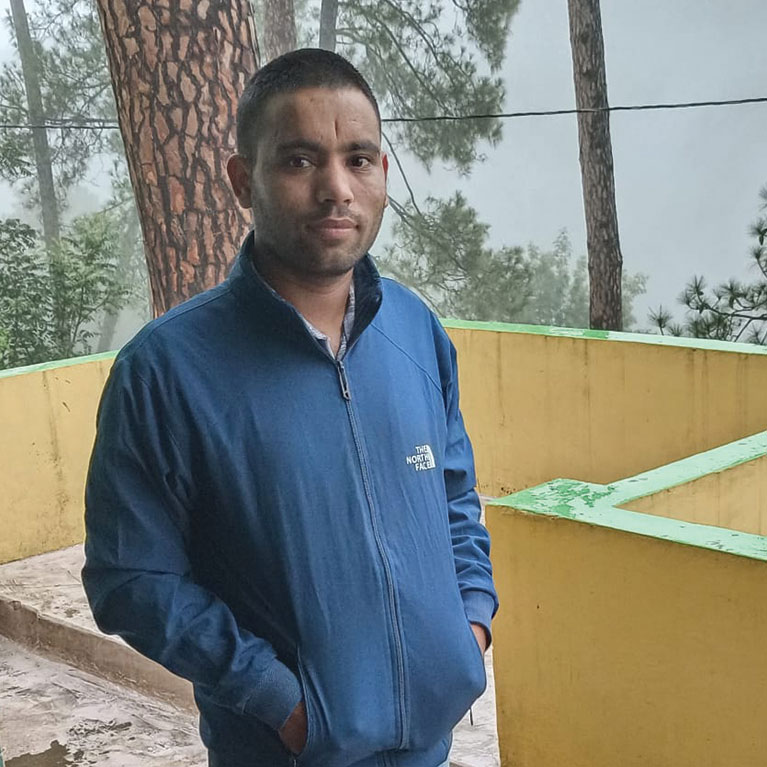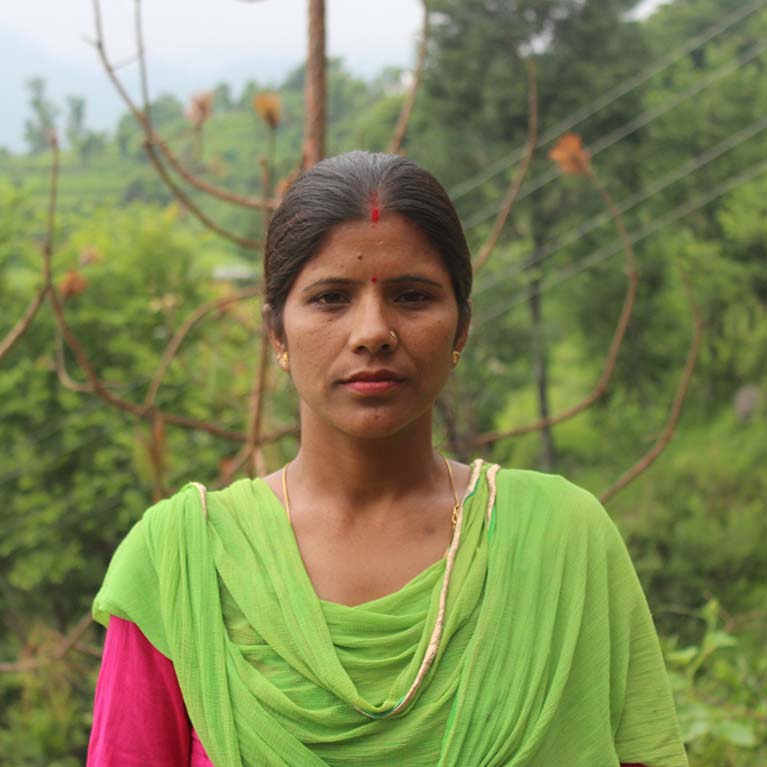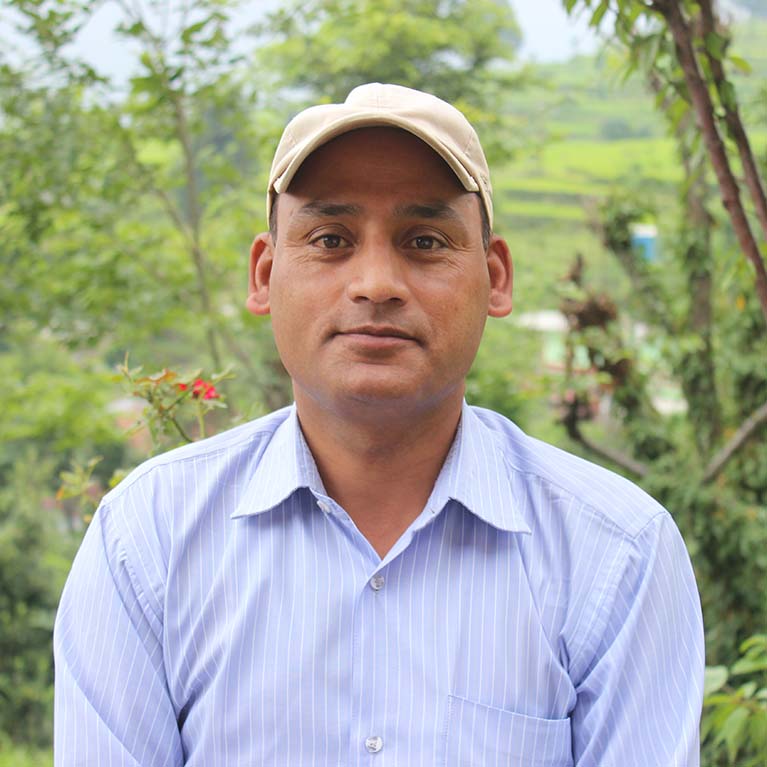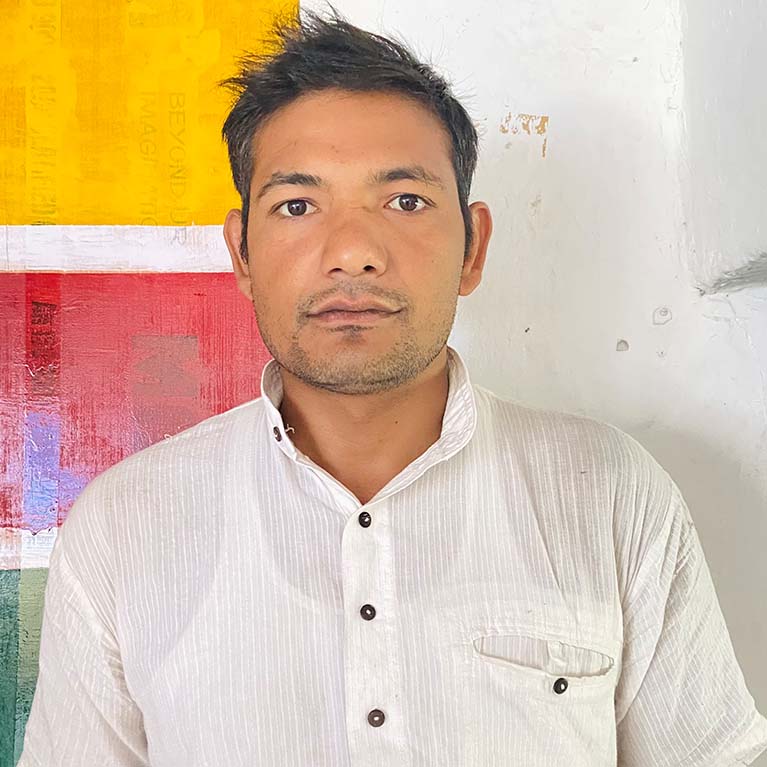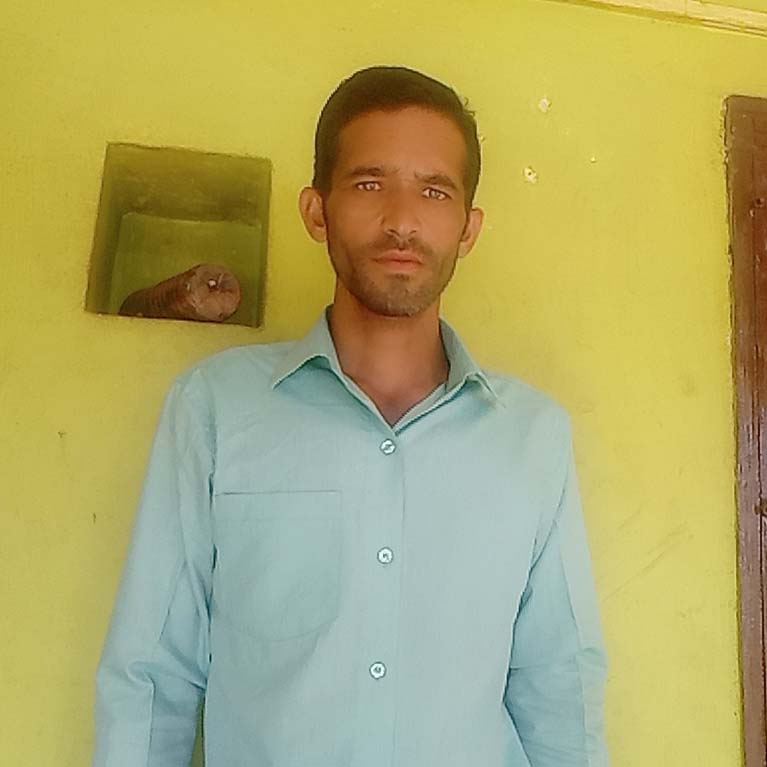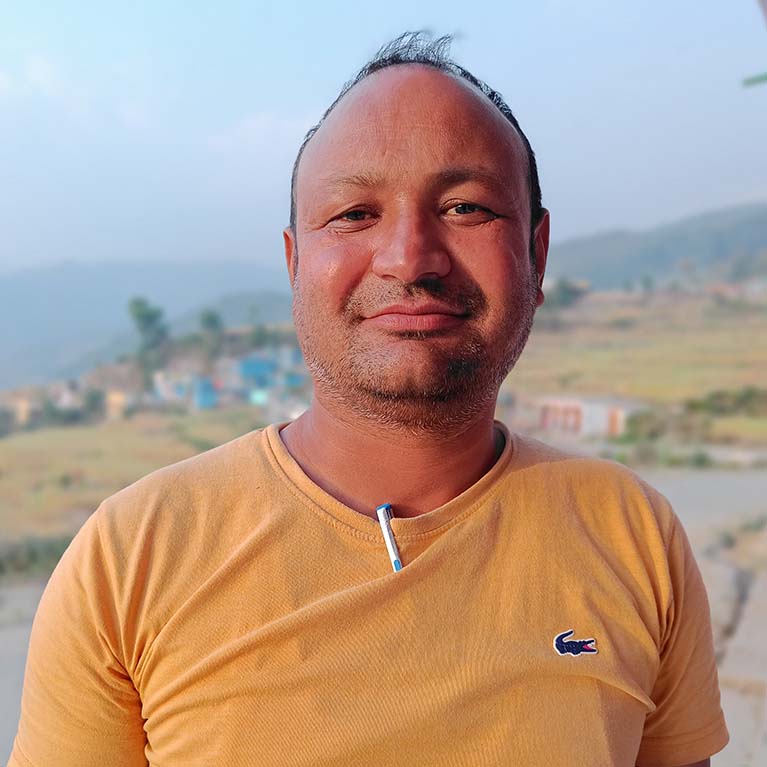Introduction:
A Community Seed Bank is a vital component of community agriculture, encompassing local gardens or fields where traditional varieties are safeguarded. This system empowers farmers in the creation, maintenance, and promotion of crop genetic diversity. Seed banks serve as repositories of local genetic diversity, adapted to prevailing climate conditions and resistant to crop pests. They enhance resilience, food security, and the benefits of sustainable agriculture, making them indispensable for a prosperous and ecologically balanced future.
Community Seed Bank: Concept And Practices
Community Seed Banks exemplify sustainable agriculture’s power to envision a resilient and prosperous agricultural future. They are locally governed and managed collective-action institutions, primarily responsible for preserving seeds for local use. Their mission involves conserving, restoring, revitalizing, strengthening, and enhancing plant genetic resources for food and sustainable agriculture. This effort extends to local varieties, major and minor crops, as well as neglected and underused species. Across the globe, Community Seed Banks empower farmers and communities, enabling them to regain, maintain, and expand their control over the seeds they rely on. This often results in enhanced cooperation among farmers and other stakeholders such as plant breeders, agricultural researchers, and gene bank managers, all committed to conserving and sustainably using agricultural biodiversity.
Local varieties often serve as the primary source of planting material for small-scale farming, playing a crucial role in adapting to local environmental conditions. Community Seed Banks promote on-farm conservation by collecting and preserving locally adapted seeds, typically underserved by formal seed systems and markets. Preserving landraces and farmer’s varieties is essential as they harbor traits like resistance to biotic and abiotic stresses, as well as vital nutritional qualities necessary for productivity. Additionally, Community Seed Banks play a pivotal role in ensuring the availability and accessibility of diverse genetic resources in sufficient quantities during planting seasons.
Objectives of Community Seed Bank
The Community Seed Bank Project has several key objectives:
i) To conserve indigenous and interspecies variation suited to the local ecological niche.
ii) To integrate on-farm conservation through community participation.
iii) Collection, selection, and production of indigenous crop diversity.
iv) Ensuring high-quality seed and planting material production.
v) Reducing farmer dependency on public and private seed supply systems and strengthening farmer-to-farmer exchange networks.
vi) Providing infrastructure for storage facilities and developing a resource and training center for the community.
vii) Encouraging the use of locally adapted seeds to reduce the need for chemical inputs, promoting eco-friendly agricultural practices and sustainable agriculture.
Regardless of scale, establishing and supporting a community seed bank involves a logical sequence of steps that carefully align community interests and needs with seed bank principles and practices.
Establishing A Community Seed Bank
Community Seed Banks often provide training and education to farmers, offering insights into seed-saving techniques, sustainable agriculture benefits, and the significance of crop diversity. The process of establishing and supporting a Community Seed Bank encompasses several major steps. It’s crucial to approach this process systematically, prioritizing human and social aspects before physical infrastructure. A “five-star” community seed bank building is valuable only if farmers are motivated and equipped to utilize it effectively.
There are nine major steps in establishing and supporting a community seed bank:
- Situational analysis.
- Motivating and organizing farmers.
- Choosing crop species and varieties.
- Seed health (local quarantine) and seed processing (cleaning).
- Seed storage (facility, equipment, and methods).
- Registration of new varieties (passport data).
- Seed regeneration.
- Information sharing.
- Monitoring operations and results.
Importance Of Community Seed Bank
Various rural development NGOs actively promote the establishment of Community Seed Banks, preserving genetic diversity, enhancing food security, and supporting eco-friendly farming practices. Collaborations with local communities foster self-reliance and resilience. Community Seed Banks not only encourage the use of locally adapted seeds but also reduce reliance on external seed sources, leading to eco-friendly and sustainable agriculture practices.
How Long Do Seeds Survive In A Seed Bank
Seeds stored in these vaults can theoretically remain dormant for hundreds or even thousands of years, depending on the species. However, these projections are based on models, as we await the first seeds to reach a 10,000-year mark. Best predictions suggest seeds will survive at least 150 years in these vaults.
Worldwide, there are about 1,500 seed banks, including the largest one, the Svalbard Global Seed Vault, located on the remote Norwegian islands of Spitsbergen. Community Seed Banks differ from these massive institutions, operating on a smaller scale within specific communities, which enhances their impact.
Conclusion
Maintaining a healthy and dynamic Seed System is crucial for realizing the benefits of sustainable agriculture. Limited access to innovation and a lack of diversity can lead to agricultural specialization in areas where it is suboptimal. Innovation gaps result in poor-quality planting materials and limited capacity to improve processing technologies for low-income farmers. Community Seed Banks play a pivotal role in maintaining genetic diversity at the community level, benefiting future generations. This grassroots initiative has a significant impact, promoting sustainable agriculture and resilient farming communities.
